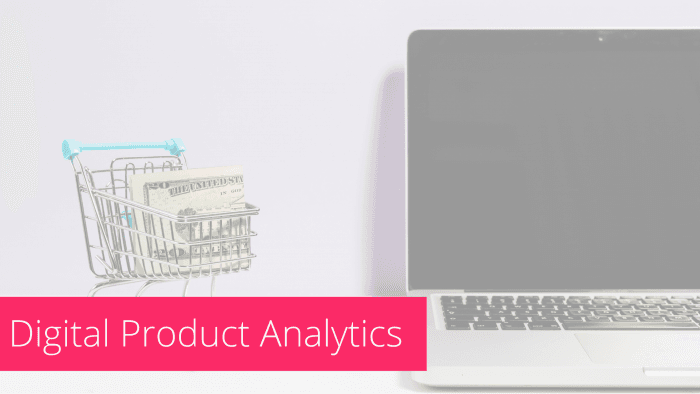Retroactive Analysis
Measure optimizations based on historical data
Retroactive analysis lets you collect and examine user data at your convenience. You can store all data available for analysis – even historical.
Historical data
You can set any time frame for your data – even using historical data.

Customer journeys
You can track customer journeys & watch visit recordings using historical data.

Historical data
You can set any time frame for your data – even using historical data.

Customer journeys
You can track customer journeys & watch visit recordings using historical data.

Learn how to use Experience Metrics
What is Retroactive Analysis for?
Historical data
Check the Customer Journey, Waterfall, or Goal from historical data
Different contexts
Examine your data in different contexts from the very moment you’ve implemented CUX code into the page.
Prepare your environment
Immediately set up Goals and customer journeys – you don't need to wait for data to gather.
Read articles:

What is product analytics, and how can you use it?
Web product analytics is nothing more than getting to know your clients in detail, their motivations, and experiences in...
Read More ->

Identifying and analysing high exit pages
When we think data, we immediately think Google Analytics. There are only a few entrepreneurs who decide to run...
Read More ->

User segmentation, or how to make your analytics effortless
Google Tag Manager (GTM) integration is a single-click solution to help you find visits. You can search for visits that caught your eye in Google analytics tools...
Read More ->
Retroactive Analytics is best for:
Anyone who:
Wants to have the whole picture of data
Assess optimizations in real-time!



